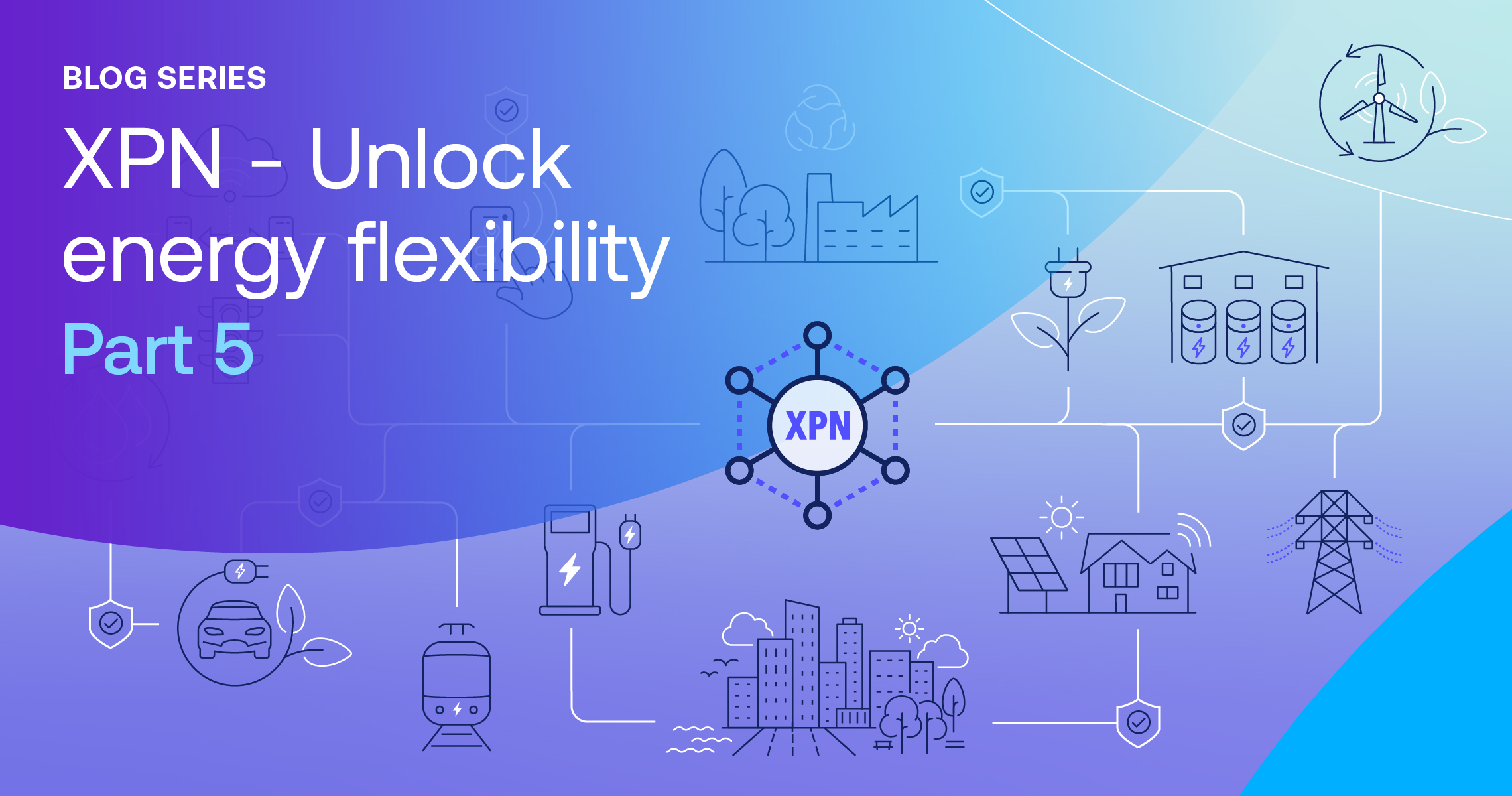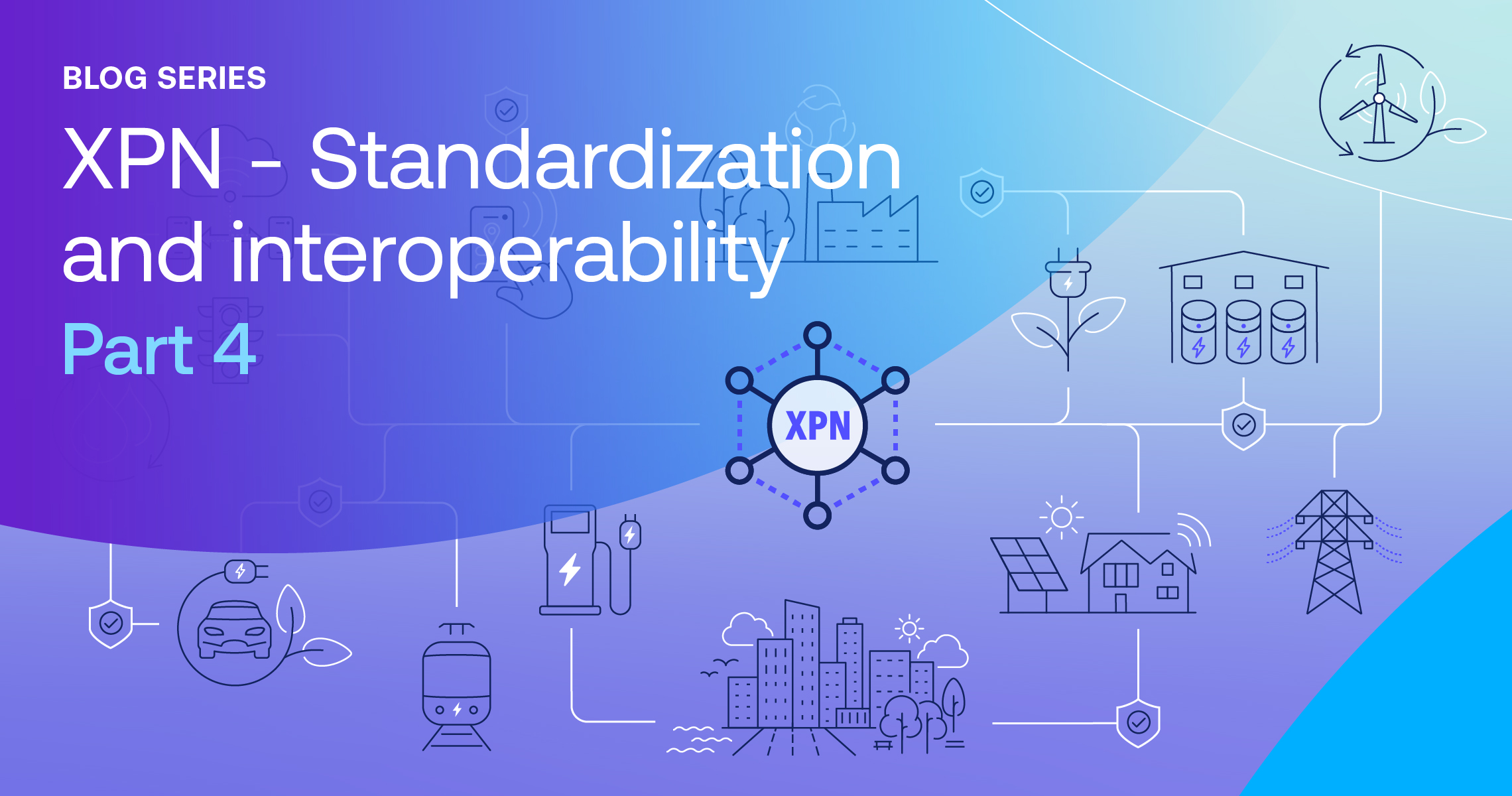Data analytics in the energy industry is rapidly changing how utilities operate. Utilities are no longer just providers of energy. They have become receivers and processors of energy production and consumption data. Utility data analysis has the potential to completely redefine the current energy provisioning model. Additionally, utilities are transitioning to digital technologies, with data science use cases in energy demonstrating how they can improve user experience, reduce waste, and predictively maintain and upgrade infrastructure.
Challenges of data analytics in the energy industry
It’s clear that data analytics in the energy industry has massive potential. However, to successfully apply these data science use cases in energy, utilities must be able to fully harness the power of their data to improve service delivery, enhance user experience, and boost their investment strategies. For this to happen, however, the industry needs to overcome major challenges around the collection, sharing, and processing of utility data.
The importance of data provenance
One important but sometimes overlooked aspect of data analytics is to know the provenance of the data before it is analyzed. Can you trust all the data in your data supply chain? How do you know that it hasn’t been tampered with? This is especially relevant within untrusted environments where companies need to ensure integrity of data produced by devices at the edge. To make actionable insights, energy sector companies need to know the data they are relying upon is good and has not been compromised.
Data sharing and distribution
A key differentiator in energy companies that are moving to digitization is how they connect existing sources of data and then distribute it to the people in the most efficient way possible. One solution is to use data virtualization to quickly connect new data stores without having to run expensive ETL processes or load everything into a large data warehouse. Instead, data sets are created that contain data from one or more physical data stores, and then utilities govern the access and blend that data as needed.
In this approach, restrictions can be imposed in real time. For example, say a subset of data is given to someone and certain fields are obfuscated but now they need access. From the same connection, their privileges can be dynamically updated as needed. They don’t need to connect to different data source. There’s no change that needs to happen on their side; now they see all of the data.
Beyond data security and distribution, other key challenges include:
- Collection: How it should be done and what data needs to be collected
- Storage: Either in cloud-based or on-premises systems and how that affects processing
- Processing: Where it’s done, what queries are made, and what insights are valuable
- Integration: How to securely collaborate on data from companies in different fields and even competitors
- Data privacy: Who has access to customer data and how is it protected
With all of these data challenges, the potential for delays and incomplete information is huge. Utilities are typically siloed and house data in different formats and locations. And, traditionally, there hasn’t been much need for internal exchange of this data. Thus, data exchange typically happens through a highly manual and cumbersome process. This is further complicated by the sensitive aspects of the data and the need to follow security procedures and data privacy regulations.
The rise of the digital utility
The energy industry is currently in the “digitization” phase of digital maturity, which involves the introduction of data collection and assimilation as a norm. The next phase is “digitalization,” where utilities use deep machine learning and AI to perform utility data analytics, including processing datasets and locating gaps and inefficiencies. As Matt Schnugg, Senior Director of Data and Analytics for GE Power Digital, told Utility Dive, “data is a linchpin of our collective energy future,” and that future is looking very bright.
In other words, to be successful in any digitalization effort, utilities must make sure they have access to, and control over, the data needed to feed their digital initiatives and decision making process. Here are some key areas for data analytics in the energy industry which also show some of the most important data science use cases in energy.
Examples of data science use cases in energy
Distributed Energy Resources (DERs)
DERs feeding into the grid have the potential to increase customer participation in the energy market, especially in terms of renewable energy like solar and wind energy. However, to function effectively, DERs need to be integrated into the broader grid. This integration requires advanced networks and the ability to leverage data analytics in utility industry sectors which can correctly measure output, load capacity, and demand.
Billing and usage
By using utility data analytics to analyze customer and billing data, utilities are coming to a greater understanding of consumer behavior. The collection of a vast number of customer data points, such as smart meter data, enables utilities to offer tailored packages to different types of energy users. This can improve the relationship between customer and utility, while giving both parties the opportunity to make more informed energy decisions.
Predictive asset maintenance
Some utility data is created by the grid infrastructure that’s used to transmit it. Analysis of these grid data points allows utilities to identify which assets are in most urgent need of repair or replacement.
An example of this type of analytics in utility industry organizations is how Duke Energy has collected and analyzed more than five million data points to optimize their predictive maintenance and has saved $130 million on its network of more than 10,000 transmission substation transformers.
Load capacity
Cloud-based analysis of utility data can give real-time insight into energy network performance. This is vital for ensuring energy networks can function at full capacity. This type of analytics in utility industry firms can also reduce supply disruption and outages. It enables risk modeling of factors such as transformers overheating, dramatic usage spikes, or even trees falling on power lines.
Grid modernization
Grid modernization initiatives rely on utility data analytics. By having a better understanding of how energy is used and where it’s most needed, energy companies can make grid upgrades, cost-effectively. They can integrate DERs and move toward clean energy.
An example of this is the acceleration of EV charging infrastructure installation. In March, 2021, the U.S. “passed the milestone of 100,000 public chargers” as part of an overall push toward smart transportation. Further deployment will require significant integrated utility data, secure collaboration, and analysis.
Advantages of the Intertrust Platform
To ensure the success of any digitalization effort, utilities need to take a number of steps to get their data under control and actionable. They must also adopt trusted platforms for the secure exchanges of data with numerous partners. These partners and partner-held assets include smart buildings, EV charging stations, and more.
To that end, Intertrust has developed the Intertrust Platform, a secure solution for the exchange and protection of utility data. The Platform assists utilities in:
- Edge to cloud security: End-to-end security for data at rest as well as data in transit—from the device to cloud and back.
- Granular control: Secure collaboration between entities and even rivals can be achieved through adjustable access protocols.
- Data interoperability: Data coming from varied sources, data points, and lakes can often be in different formats. For effective and timely processing, it needs to be unified and interoperable.
- User authorization: User access is controlled through a strict authorization platform, shifting the burden of access control to a dedicated system.
- Privacy protection: At all times, data (both PII and company information) is held in accordance with the toughest privacy regulations (such as GDPR).
- Connectors between datasets: Siloed datasets need to be easily accessed for processing in order to deepen knowledge and improve insights.
- Audit trails: Data requests are logged to ensure both regulatory compliance and project transparency.
The Intertrust Platform ties together a number of capabilities important to the energy industry. For example, utility data can reside in data stores controlled by either the utility directly or managed by Intertrust. These data stores can be queried using data virtualization techniques that don’t require the movement of data from existing locations. The Intertrust Platform also includes identity and access management (IAM) capabilities to govern both internal and external access to data.
To learn more about the data challenges of digitalization and the benefits of data management with Intertrust Platform, download our white paper, “The digital utility: ensuring success in a multi-stakeholder environment.” You can also read more here or get in touch with our team.
Editor’s note: This blog was originally published in July, 2021. It has been revised and updated.
About Hebberly Ahatlan
Hebberly Ahatlan is a marketing leader with 15 years of experience in the tech industry developing go to market strategies. Early in his Silicon Valley career, he played key roles in promoting new generations of power management devices that fueled the miniaturization of portable devices such as mobile phones. Most recently, he focuses on strategies to amplify awareness of SaaS solutions across B2B markets with messaging that deepens brand recognition globally.




